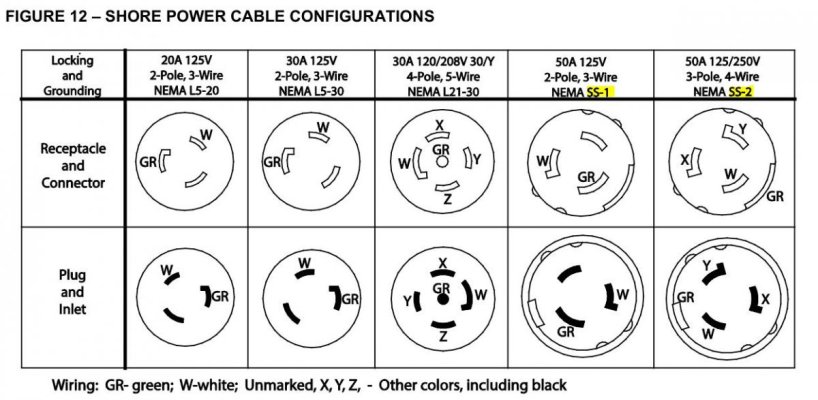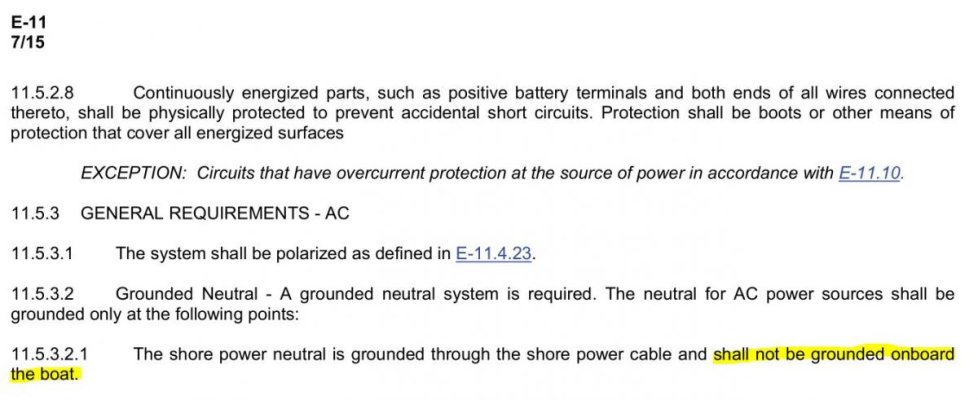I'm late to the thread, but I have recently completed ABYC E-11 training (on top of that I have worked as an Electrical Engineer for ~35 years).
My best guess is that there were two problems happening concurrently.
1) Someone (hopefully not Nordic Tug) wired the neutral together with the ground on your boat. This is the most common mistake made by 'land-based' electricians. It's done all the time in residential installations, but must !!NEVER!! be done on a boat.
2) At the marina, someone reversed the polarity to the outlet you plugged into.
When you plugged in your cable, the 'hot' line was coming into the boat on the neutral wire. The neutral (which is now 'hot'') was connected on your boat to the ground wire, hence the short. The reason that your breaker didn't blow on the boat is (again, guessing here) because the illegal neutral-to-ground connection was made >>before<< getting to your main breaker. I am assuming that Nordic Tug would be using double-pole breakers (as they should have been in 2008).
This is the only scenario I can imagine that fits the evidence you provided.
Bottom line...NEVER let a land-based electrician touch any wiring on a boat.

 ), and bought an expensive adapter for 50A 120 to 50A 240 for marina's that don't have 50A 120. Feel much safer now
), and bought an expensive adapter for 50A 120 to 50A 240 for marina's that don't have 50A 120. Feel much safer now

